Since the advent of the Covid-19 pandemic, people have been spending a lot more time at home. The time they used to spend commuting between work and home could now be spent on leisure; and what better way to spend free time than on an exciting DIY project that will create a whole new opportunity for leisure at home.
Backyard leisure is often viewed as a seasonal activity, but there are a few installations that can be enjoyed all year long, and a koi pond is one of them. You can be the envy of the neighborhood and build your very own koi pond and bask in the exotic beauty of the koi. It can be a major conversation starter, since people are naturally fascinated by its sheer looks; and let’s be honest, the main reason anyone would want to build a koi fish pond in their backyard is for the bragging rights.
Why koi? Besides their interesting colors and unique patterns, koi fish are actually quite intelligent and inquisitive creatures. They are known to be loyal to their caretakers, and with some patience, you can even train them to eat out of your hand. In the end, you’d also simply have a pond in your backyard, which is an exciting step towards a truly biophilic escape right at home. Pond-side refreshments, reads, and chats are just a few days and basic tools away.
Building Your Koi Pond in 11 Simple Steps
1. Set the Size for Your Pond
Determine how big you want your pond to be. Bear in mind that it should be wide enough for the fish to have ample space to swim in; but not too big that it takes up the entire backyard. Koi fish require at least 50 gallons of water each, so a minimum width of ten feet by twelve would be ideal. As for the depth, allow at least 3 feet so the water doesn’t freeze completely during the winter.
2. Choose the Location of Your Basin
Choose where you want to build your fish pond. Make sure the location is easy to access, and that there’s practical space for you to work in. You might also want to choose a spot where it’s visible from your window so that you can keep an eye on it every now and then. Most importantly, like any ecosystem, your pond should have access to sunlight.
3. Determine the Shape of Your Koi Pond
Decide on a shape for your DIY pond, and mark an outline on the location. For a natural look, go for irregular shapes, which are more common for organic ponds. Unless you’re a modernist, then perhaps an L-shaped pond might interest you. When you’re done marking the site, remove anything like stones and shrubs that are within the outline; this will also make the digging part a whole lot easier.
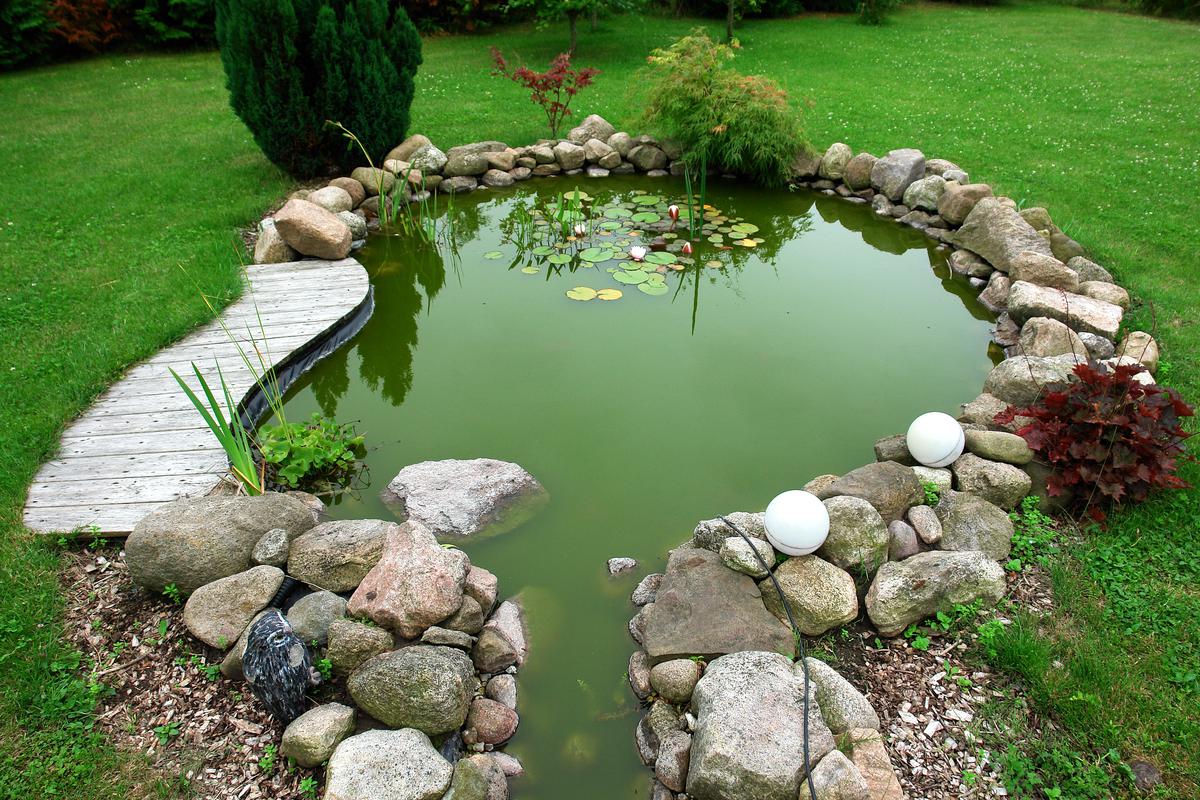

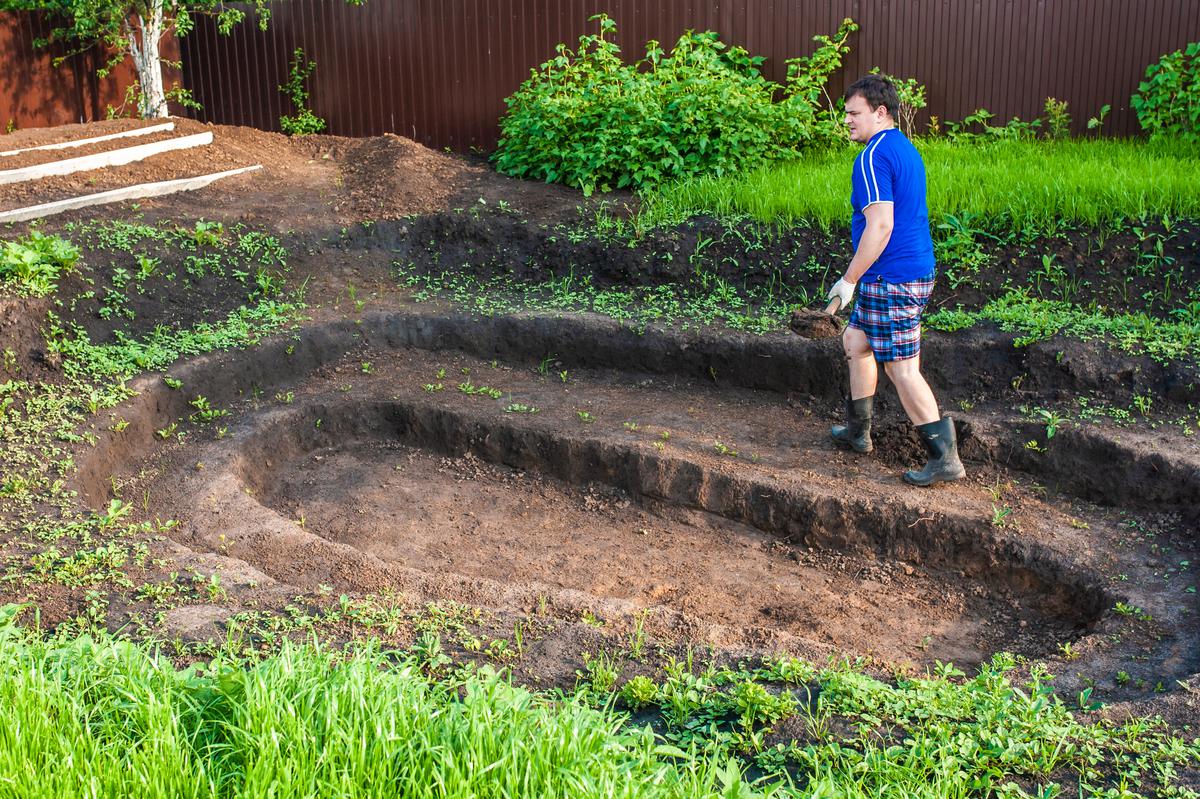
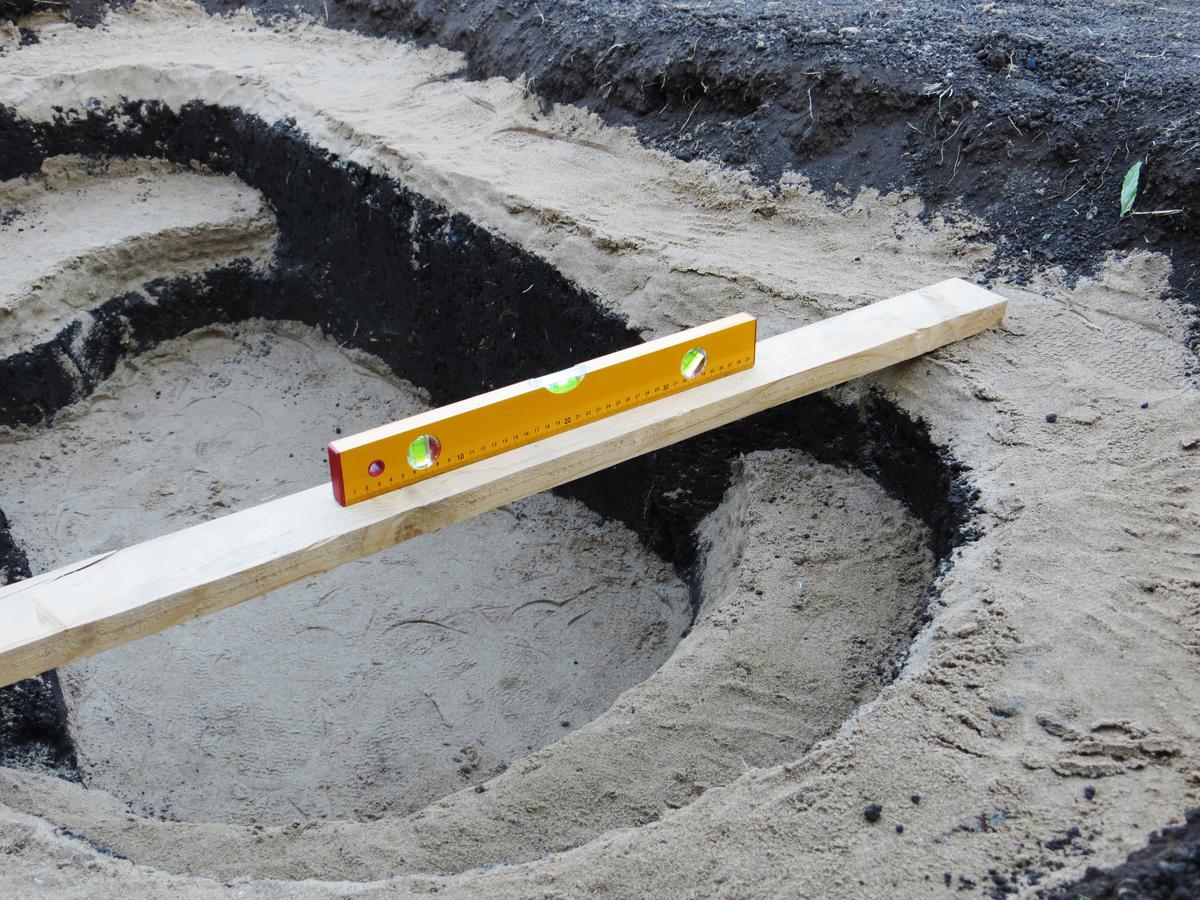
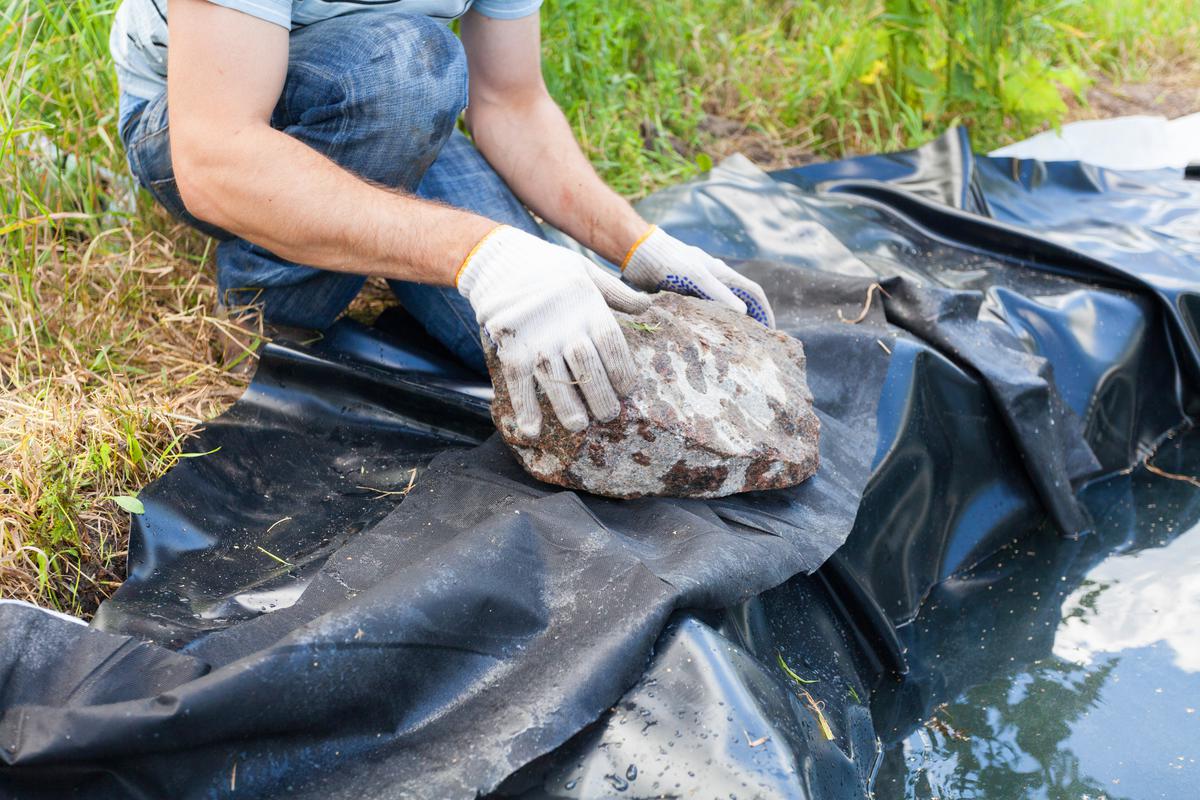
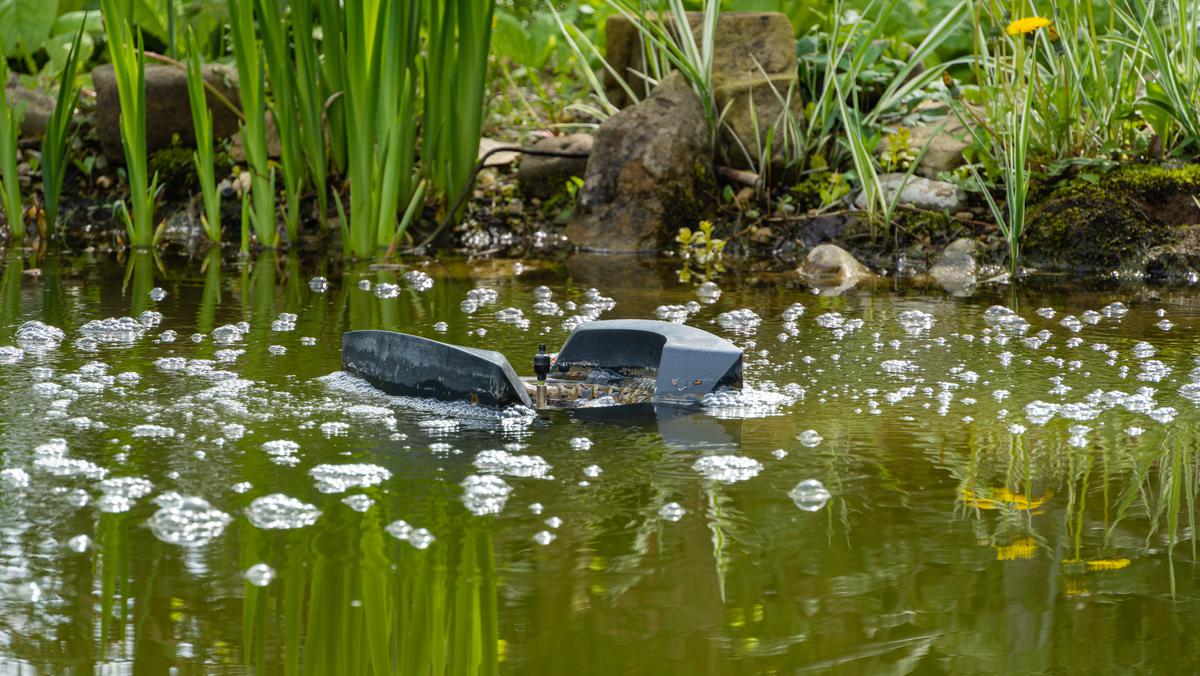
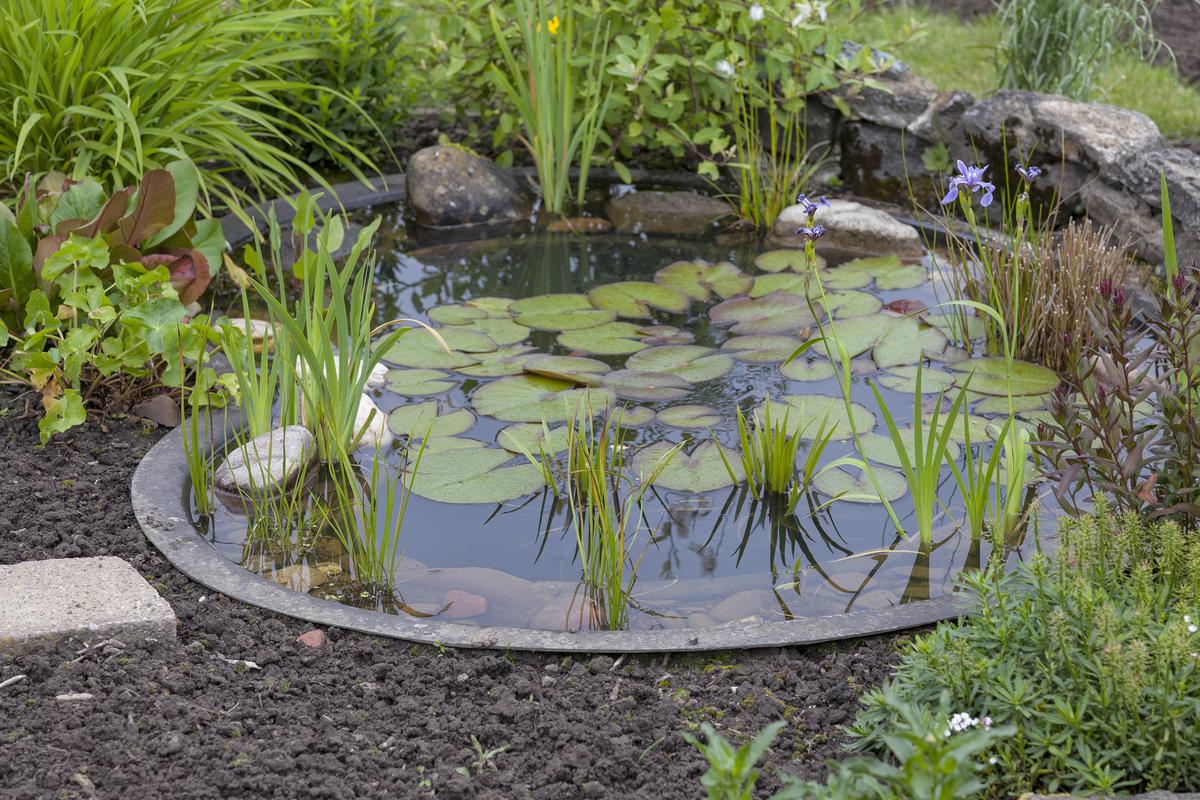
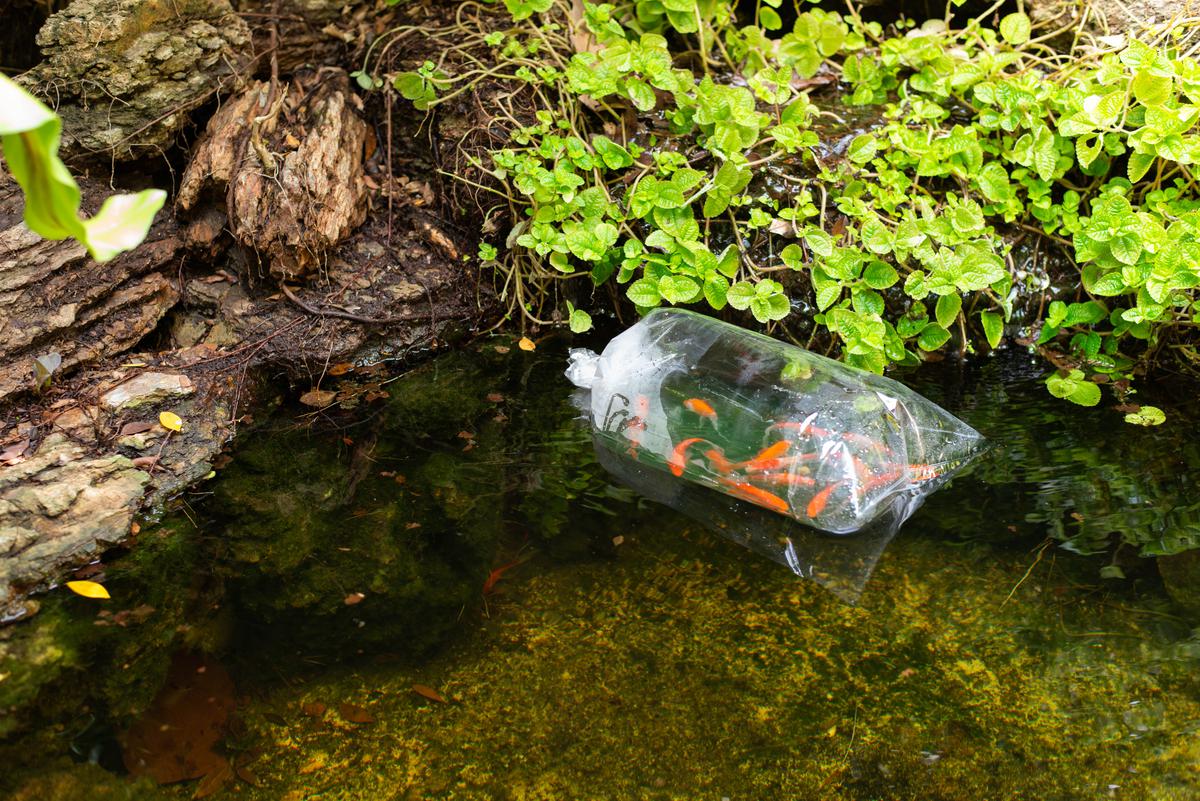
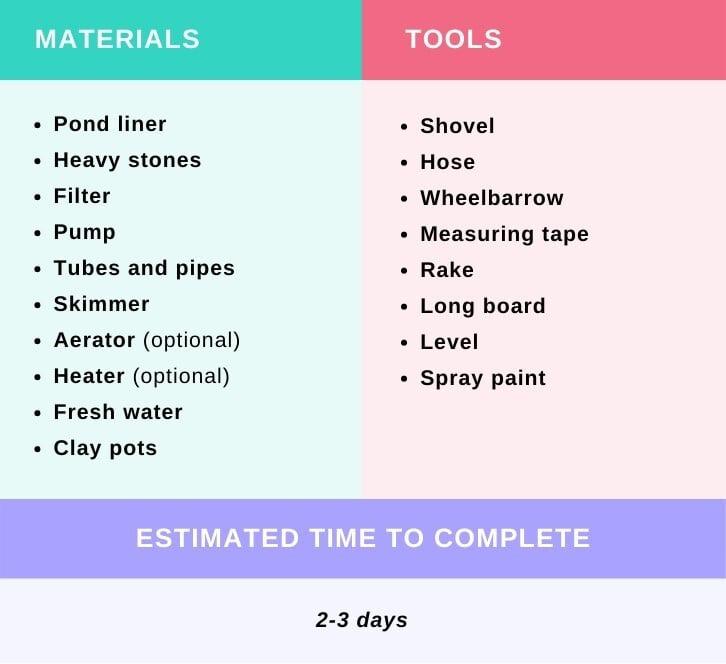


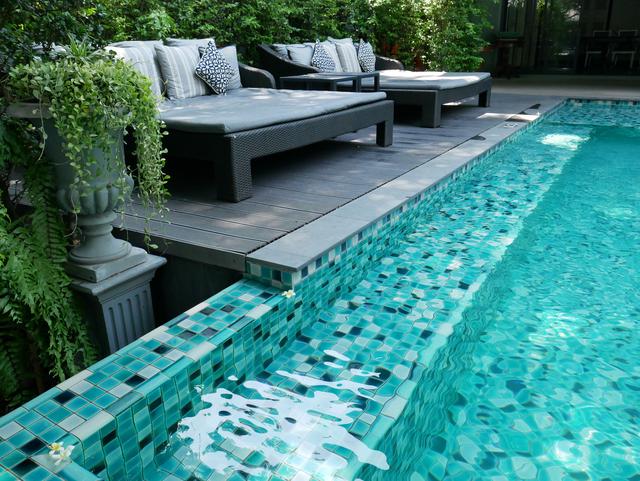

comments